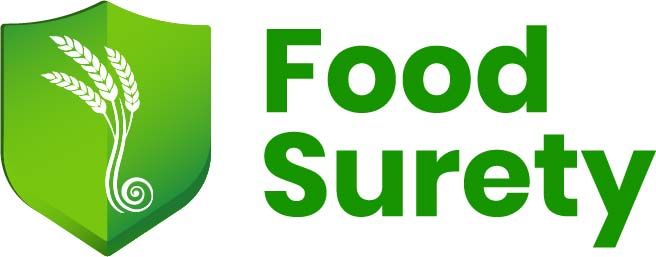Listeria: How to Keep Your Food Business Safe
Introduction:
Understanding Listeria and Its Risks
Delivering courses and working with food industry professionals I find that some don’t fully appreciate how serious eating food contaminated with Listeria, particularly Listeria monocytogenes, can be! It kills one in five people affected by it, that is bad right? Listeria is a type of bacteria that can cause serious illness, especially in vulnerable populations such as pregnant women, older adults, and people with weakened immune systems. In the food industry, Listeria can be found in a variety of contaminated food products, including raw and processed meats, seafood, dairy products, and fruits and vegetables.
In New Zealand, the Ministry of Health reported that Listeria caused 3 deaths between 2007 and 2017. In Australia, the country's food safety regulator, Food Standards Australia New Zealand (FSANZ) reported that there have been 24 cases of listeriosis reported between 2018 and 2020.
In the United States, the Centers for Disease Control and Prevention (CDC) estimates that there are an estimated 1,600 food poisoning/foodborne illnesses and 260 deaths due to Listeria each year. In the European Union, the European Food Safety Authority (EFSA) estimates that there are around 2,500 cases of listeriosis annually, with a high proportion of cases resulting in hospitalization and death.
The story of a young couple, Sarah and John, illustrates the severity of listeria infection. Sarah, who was pregnant at the time, ate a deli meat sandwich and soon began to experience flu-like symptoms. She was rushed to the hospital where she was diagnosed with listeriosis, a severe form of Listeria infection that can be very bad for a pregnant woman. Sadly, her unborn baby did not survive. John, who also ate the sandwich, was also hospitalized but recovered from his Listeria symptoms.
It's important for food safety professionals to understand the risks associated with Listeria monocytogenes bacteria and take steps to prevent, detect, and control its presence in the food processing environment before it contaminates final products. In this post, we'll touch on some best practices for Listeria management in the food industry.
Listeria
Prevention: Implementing Effective Sanitation and Hygiene Practices
Prevention of contaminating food products, particularly ready to eat foods, is essential for protecting public health and avoiding costly food recalls of infected food. One of the key ways is through effective sanitation and hygiene practices. This includes regularly cleaning and sanitizing food contact surfaces, equipment, and utensils. It's also important to implement strict personal hygiene policies for workers, including hand washing and the use of appropriate personal protective equipment.
Another important prevention strategy is to implement a Hazard Analysis and Critical Control Points (HACCP) plan. This plan is a systematic approach to identifying and controlling potential hazards in the food production process. It helps food businesses to prevent, detect and correct any problems that could affect the safety of the food.
Ensuring that your food handlers are supported and trained on food safety and hygiene practices is key to protect consumers and your food brands.
Listeria Detection: How to Identify and Test for the Bacteria
In order to effectively control Listeria monocytogenes, it's important to be able to detect it in food products and production environments. There are several methods for detecting Listeria bacteria, including traditional microbiological methods, such as culture-based methods, and newer methods like PCR-based methods.
It's important to develop a sampling plan and regularly test for pathogens and indicator bacteria in food products and production environments considering the surface area and to have a plan in place for dealing with positive results. This includes isolation and disposal of possibly contaminated food products, as well as thorough cleaning and sanitizing of production areas.
Listeria Control: Strategies for Managing Outbreaks and Recalls
In the event of identifying Listeria-infected food or worst a listeria outbreak, it's important to have a plan in place for quickly identifying and removing contaminated food products from the market. This may include recalling products, issuing public health alerts, and cooperating with regulatory authorities to meet requirements in the food standards code as an example
It's also important to conduct a thorough investigation to determine the source of the contamination and take steps to prevent future incidents. This may include updating your Listeria management plan, implementing new sanitation and hygiene practices, testing the food manufacturing environment more frequently, or making changes to the production process and ensuring adherence to good food hygiene practices.
Listeria Compliance: Meeting Regulatory Standards and Keeping Your Business Compliant
In addition to protecting public health, it's important for food businesses to comply with regulatory standards for Listeria management. This includes adhering to food regulatory system and guidelines, such as those established by the Ministry for Primary Industries (MPI)– New Zealand Food Safety, Food and Drug Administration (FDA), and the United States Department of Agriculture (USDA).
It's important to stay informed of any changes to these regulations and guidelines and to regularly review and update your Listeria management plan to ensure compliance particularly if you are producing ready-to-eat foods like ready-to-eat seafood, ice cream, smoked fish, cold meats, soft cheeses, fruit salads, etc.

Which Food Products have higher Listeria risk?
Close to 90% of Listeria infections come from eating food or drink that have high levels of Listeria.
What food is Listeria found in?
- ready-to-eat products, to the like of deli meats
- unpasteurised milk
- smoked seafood
- soft cheeses (like brie and camembert), particularly if made with raw milk
- some fruits like rockmelons
- green, leafy vegetables
- refrigerated foods with a long shelf life
- sliced processed meat and poultry especially in factory-sealed packages
- products sold in deli counters, like pâtés and ready-cooked meals.
Here is a guide from New Zealand - Ministry for Primary Industries aimed at supporting individuals with low immune system choosing their food, titled "Food-safety-with-low-immunity-pullout-guide" and can be found and download from this link.
Conclusion: The Importance of Ongoing Listeria Management
Listeria monocytogenes causes serious disease and can be fatal, particularly for those who are pregnant women, elderly, or have a weakened immune system due to HIV/AIDS, leukemia, cancer, kidney disease, or steroid therapy.
Listeria is a serious concern in the food industry, and it's essential for food regulators and food professionals to take steps to prevent, detect, and control outbreaks. This includes implementing effective sanitation and hygiene practices, regularly testing for Listeria species, having a plan in place for managing outbreaks and recalls, and staying compliant with regulatory standards.
It's important to remember that managing Listeria is an ongoing process and requires continuous monitoring and improvement. Regularly reviewing and updating your Listeria management plan is essential for protecting public health and keeping your food.
Latest From Food Surety Blog
E-learning Courses
Virtual Classroom Courses
Free Resources

